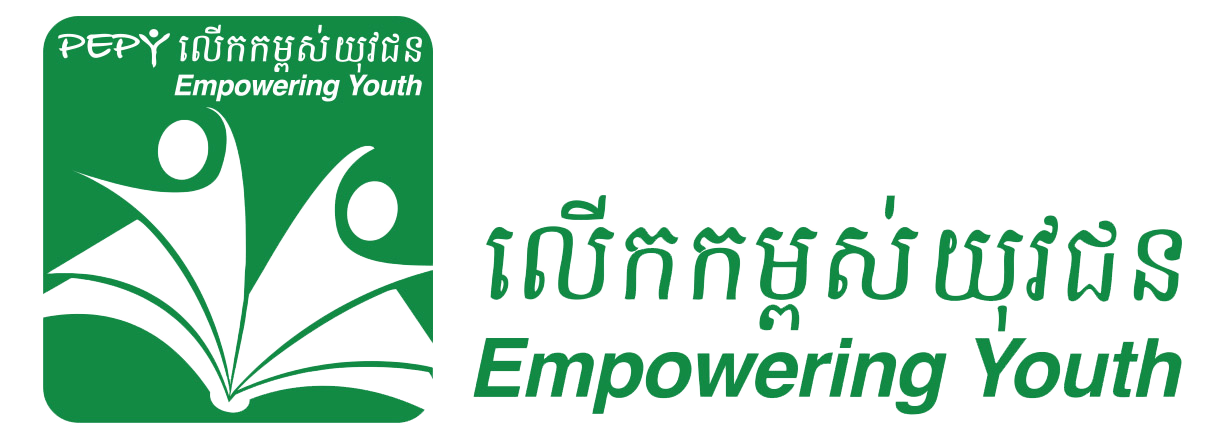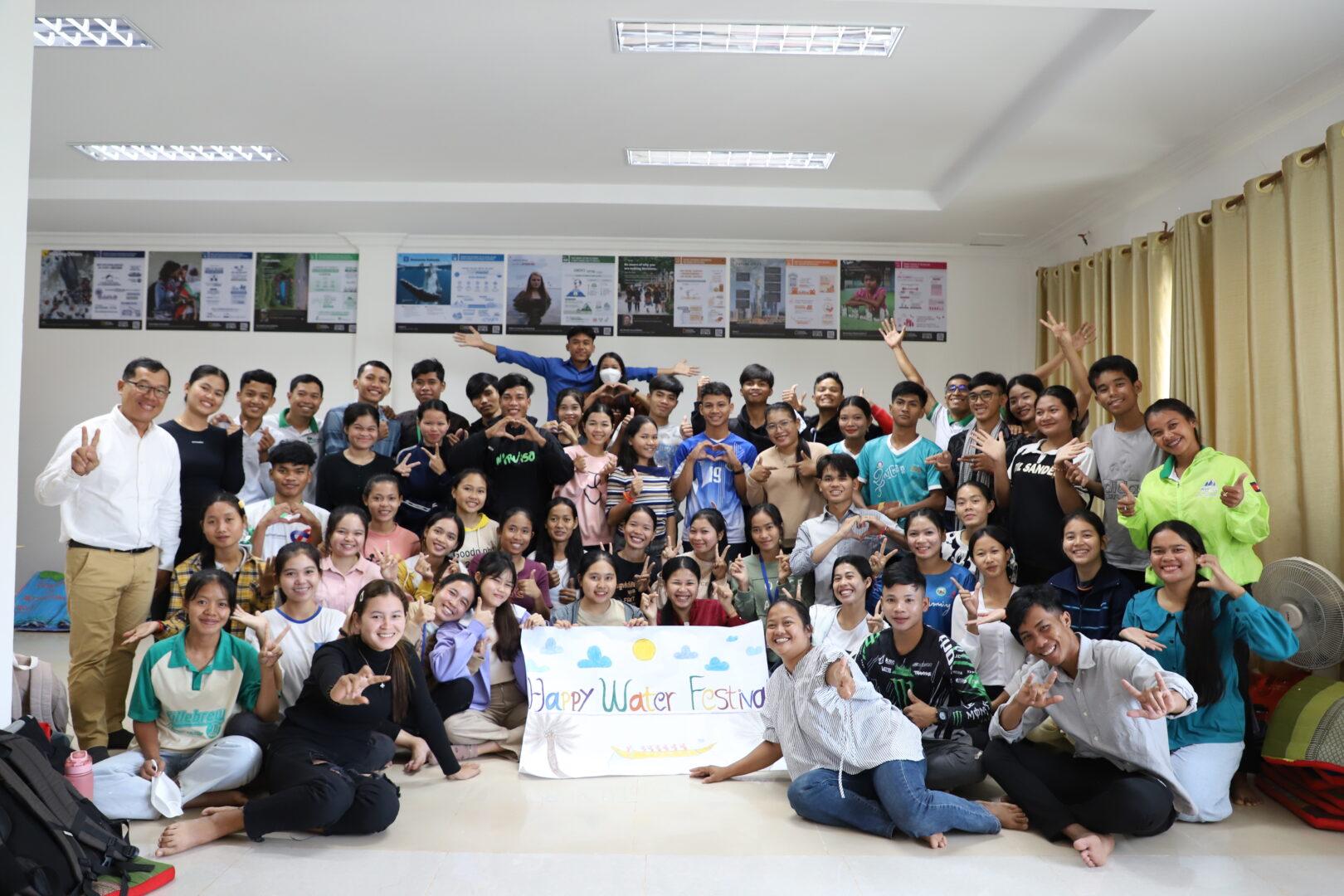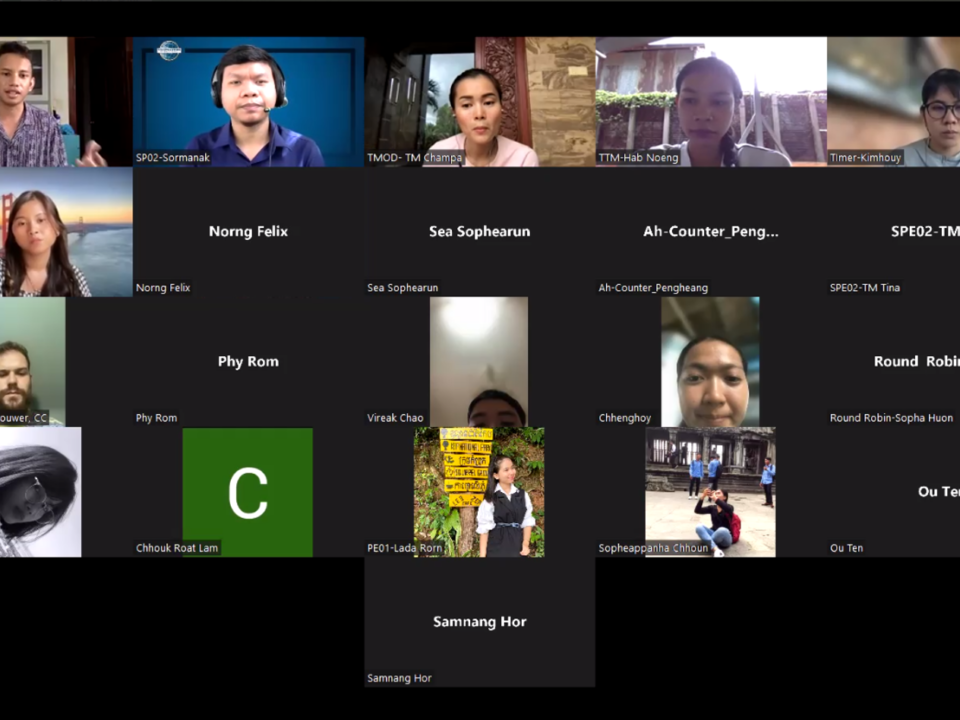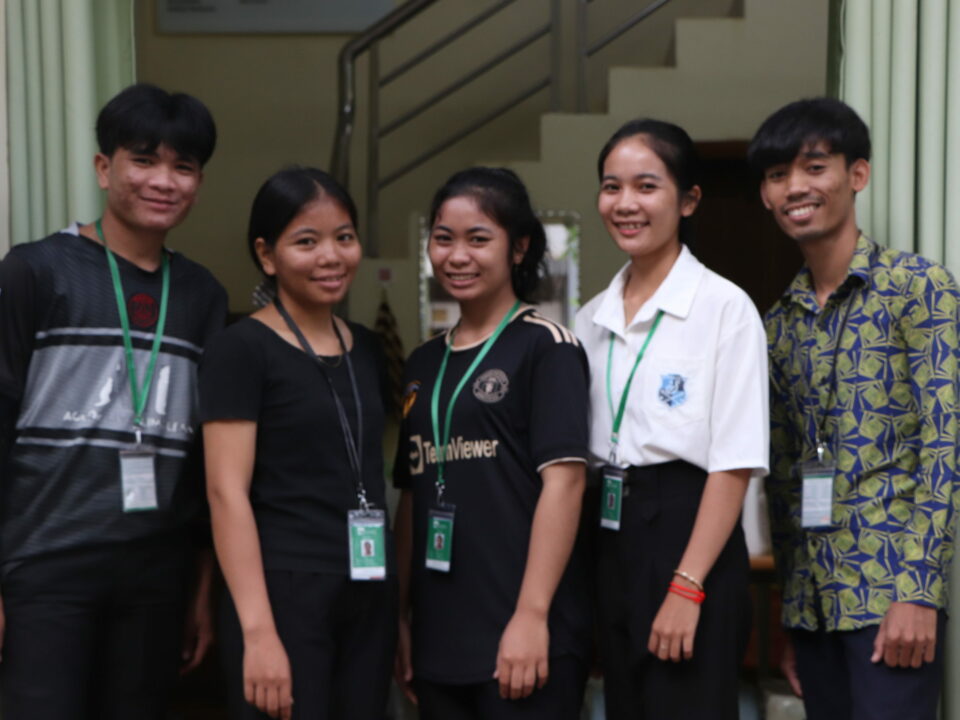Ideas on Sustainability and Local School Programs
April 18, 2011Reflecting on Transparency
April 21, 2011PEPY Hosts Meet and Greet to Discuss Technology Education in Cambodia

Students are able to learn how to use and program with XO laptops (Photo by Sopheak Sun)
PEPY recently facilitated a Meet and Greet in our Chanleas Dai office for organizations interested in promoting learning through computers. Specifically, the event gave NGOs using the One Laptop Per Child XO laptops a chance to meet, discuss successes and failures they have encountered, and learn from each other’s programs.
Twelve visitors from seven different organizations came to visit PEPY’s Creative Learning Class (CLC). Participants came from four regions across Cambodia: Kampong Speu, Kampong Cham, Siem Reap, and Phnom Penh. Organizations were encouraged to discuss best practices and ideas for working together in the future. NGOs without a computer program were excited to hear about XO methodologies and curricula. Discussion topics included how to teach with the XO, fix software, care for hardware, and develop a good system for lending computers to students.
As a result of the Meet and Greet, participants learned a lot about best practices for using XOs, especially how to improve Information and Communication Technology education in rural areas.
XO laptops were imported to Cambodia in 2008 by the United Nations Development Program. They have been distributed to students in rural areas and struggling cities such as Preah Vihear, Siem Reap, Kampong Speu, Kandal, and Phnom Penh.
PEPY currently has one of the largest XO programs in the country. We use XO laptops as a tool in CLC classes for interdisciplinary lessons, in which students create their own projects based on subjects such as science, math, social studies, robotics, and writing. Making games and activities using the XO laptops encourages students to build up their critical thinking skills, logic, and creativity.
Currently, there are six or seven organizations in Cambodia providing students with access to XO laptops. Our hope is that with more collaboration between organizations, programs that focus on using the XOs as a learning tool will continue to grow, so that children will have increased access to technology education in the future.



